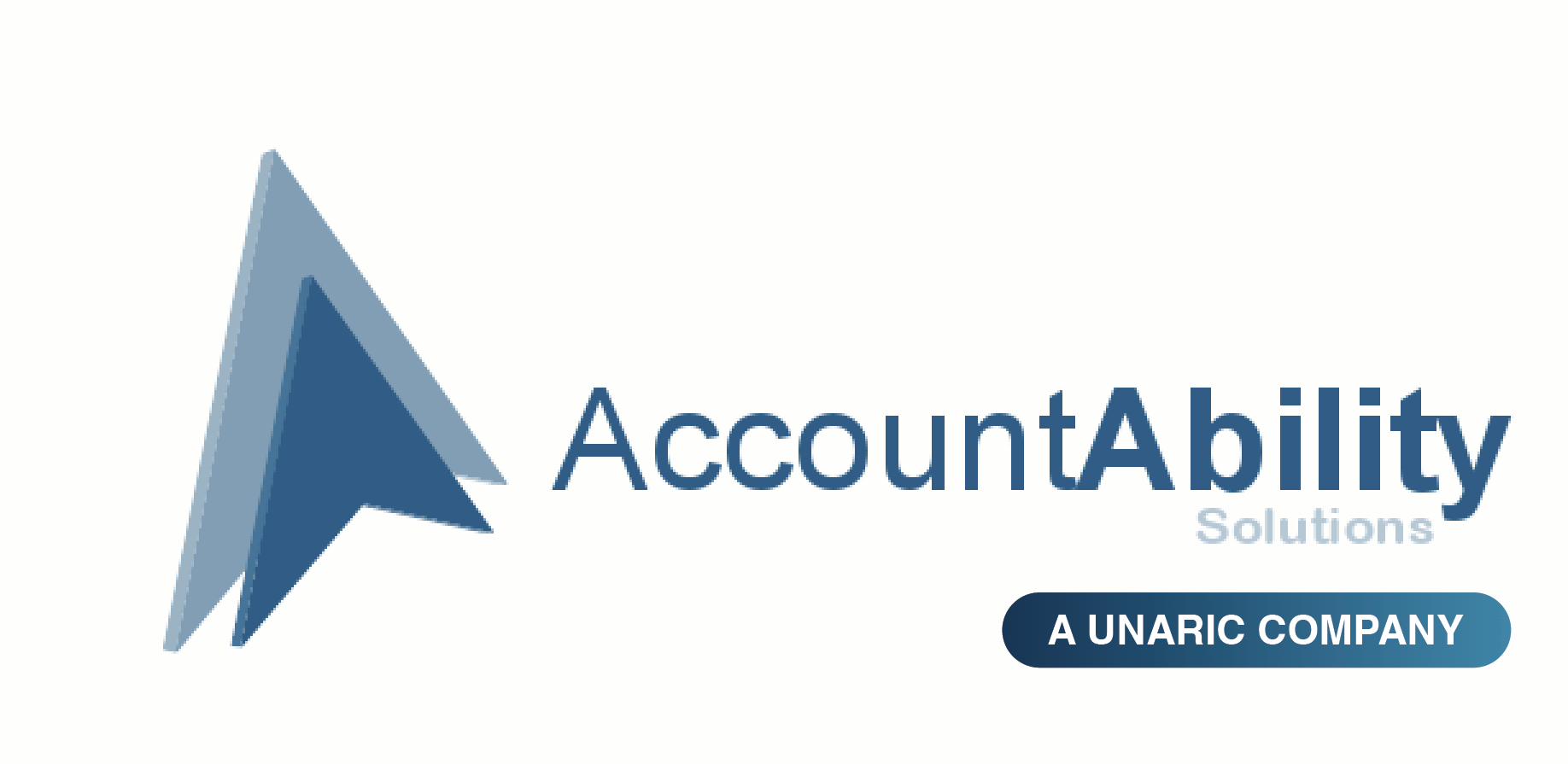This is the first in a series of blog posts designed to assist people in sorting out what is important and what is not when considering an equipment/asset tracking solution. Over the next few weeks I will post a new article in the series and hopefully you will find some knowledge to assist you as you move into a tracking solution.
Step 1 – Focus on one primary and one secondary benefit (drivers)
I see companies trying to get too much out of an installation. I find if you focus on 2 key areas you will get a good bang for your buck but also it will help you with context on every decision you make during installation. For example, if you decide that tracking where your equipment is located will be the primary driver and insurance policy management will be the secondary driver, many decisions become clear. Even the data that you collect and setup can be influenced by your key drivers.
I have seen companies spend months (I am not exaggerating) trying to collect every single piece of data related to every single asset. During that time the data gets out of date and inaccurate. It is far better to use your key benefits to determine the mandatory data that must be setup with each record initially. Then over time using your new asset management system you can update the additional data to get more benefit.
You will probably get enough ROI from just your two key drivers to justify the cost of the whole system and get it up and running in a very short time. I am also not exaggerating when I tell you that I have got a customer that signed up and was up and running with converted data for over 200 assets in a half day!
Do some serious thinking and look at your current problem areas. Is it who has the asset? Warranty and Service contract renewals? Insurance? Maintenance Costs? Accurate book values? Mobile Tracking of remote assets?
Pick your top two and get started.
